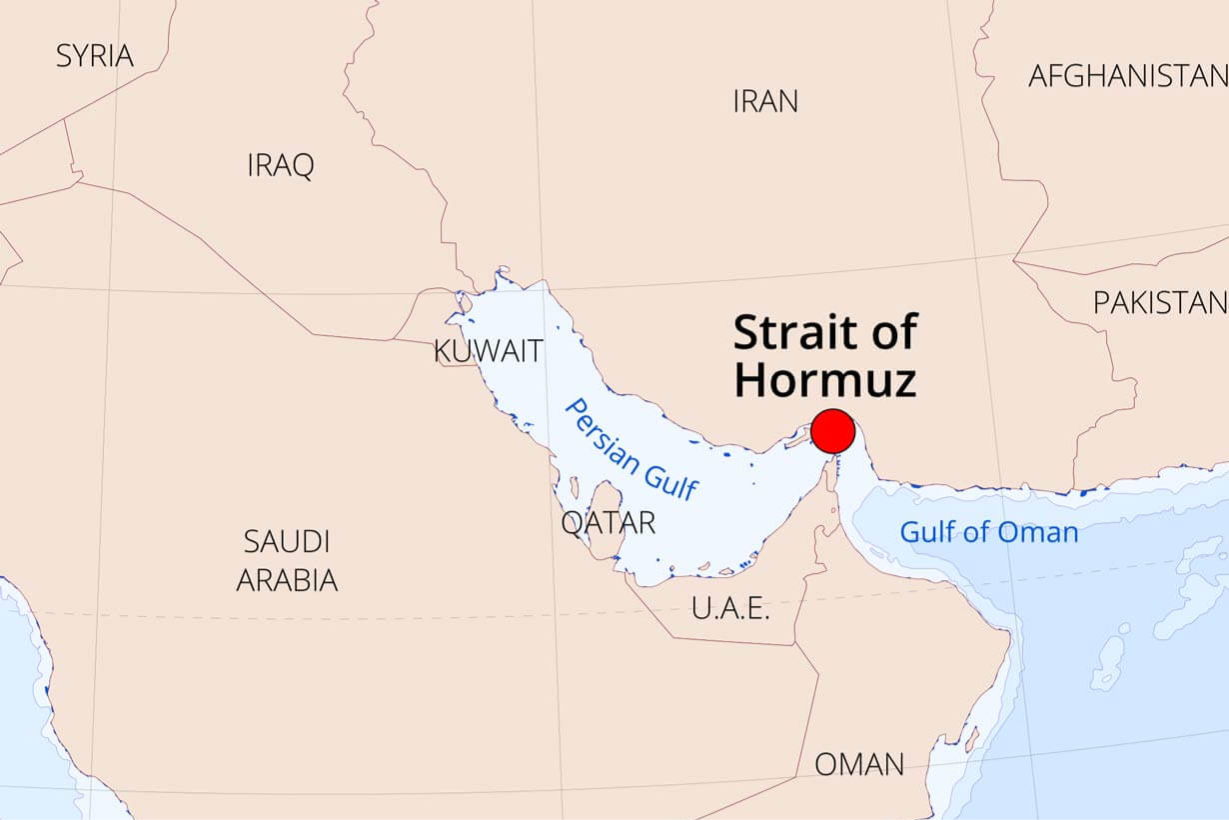Important Facts For Prelims
Operation Sankalp
- 21 Jun 2022
- 4 min read
Why in News?
Indian Navy’s stealth Frigate, INS Talwar is presently deployed for Op-Sankalp commemorating the 3rd continuous year of Indian Navy’s presence in the Gulf.
What is Operation-Sankalp?
- About:
- The Indian Navy has launched ‘Operation Sankalp’ in the Persian Gulf and the Gulf of Oman as a measure to assure the safety and security of the Indian vessels.
- Background:
- After the attacks on merchant ships in the Gulf of Oman in June 2019, Indian Navy had commenced Maritime Security Operations, code named Op-Sankalp, in the Gulf Region to ensure safe passage of Indian Flag Vessels transiting through the Strait of Hormuz.
- Deployment:
- Twenty-three warships have been deployed till date for this operation and on an average 16 Indian-flagged merchant vessels are being provided safe passage each day in the Gulf region
- Indian Navy’s stealth Frigate, INS Talwar is presently deployed in the Gulf region.
- Significance:
- India is dependent for about 85% of its demand for oil on imports. In 2019-2020, around 62% of India’s oil imports valued at approximately 66 billion USD came from the Gulf region.
- Due to the prevailing security situation in the Persian Gulf, it is required to provide security to Indian-flagged merchant vessels transiting through the region.
INS Talwar
- INS Talwar (F40) is the lead ship of the Talwar-class frigates of the Indian Navy. Its name means "Sword" in Hindi.
- Built in Russia, commissioned into the Indian Navy in June 2003.
- Features:
- Anti-air operations
- Anti-ship/Land-attack missiles
- Anti-submarine warfare
The Persian Gulf
- Also called the Arabian Gulf, it is a shallow marginal sea of the Indian Ocean that lies between the Arabian Peninsula and the southwestern Iran.
- Its length is around 990 km and its width varies from a maximum of around 340 km to a minimum of 55 km in the Strait of Hormuz.
- The area has approximately two-thirds of the world’s estimated proven oil reserves and one-third of the world’s estimated proven natural gas reserves.
- A considerable amount of sea trade passes through the gulf, leading to heavy traffic of large tankers that carry oil from the large marine terminals situated in Iran, Kuwait, Saudi Arabia, Bahrain, United Arab Emirates and other locations to all parts of the world.
The Gulf of Oman
- The Gulf of Oman, northwest arm of the Arabian Sea, lies between the eastern portion of the Arabian Peninsula (Oman) and Iran.
- It is 560 km long and connects with the Persian Gulf through the Strait of Hormuz.
- It is a shipping route for the oil-producing area around the Persian Gulf.
- It offers the only entrance from the Arabian Sea and the Indian Ocean into the Persian Gulf. Thus, the world’s major oil exporters and importers have a joint interest in its security.







